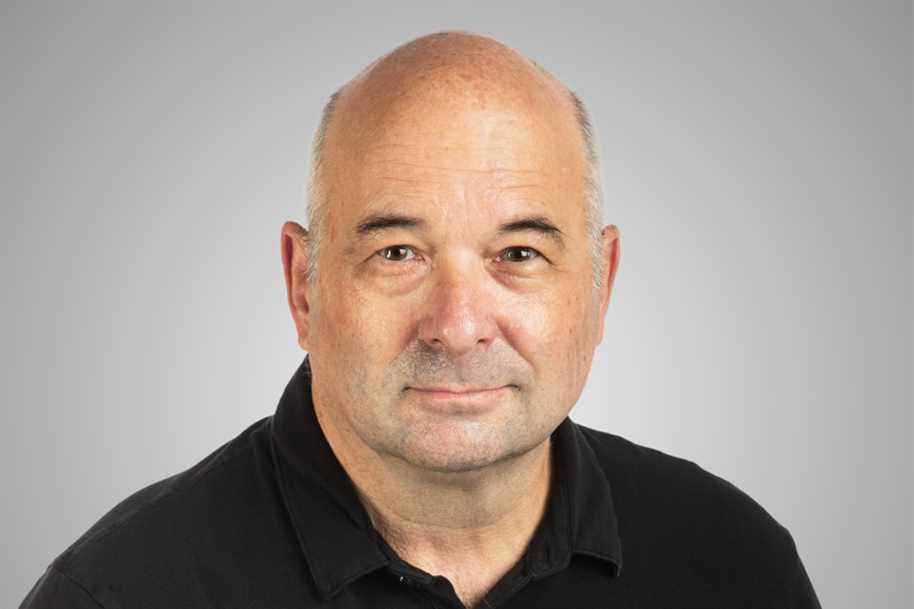With all the revelations of the last few days, in particular those of the Ombudsperson, it has become obvious – if it was not already – that there is a need for a public commission of inquiry into what happened in the residences. elderly people and CHSLDs during the first wave of the pandemic.
And that is precisely why the government will never want to take the risk of holding such a public inquiry because of the possibility that it will find itself immediately in the dock, in the middle of an election year.
So, can we close the books right away? Not necessarily. There is a way to conduct an investigation that will be more than a partisan hunt for those responsible. A single “Truth and Reconciliation” type survey?
Truth, because you have to know clearly what happened, at the risk of making the same mistakes. Reconciliation, because the goal will not then be to find the culprits, but to recognize that we must give ourselves the right means to do better, if another disaster of the kind should fall on us.
Premier Legault affirms that there is no interest in conducting a single public inquiry when the Ombudsperson, a coroner and the Health Commissioner are already doing so. In fact, this is precisely what can cause contradictory testimonies and reports which will never reveal the truth.
For this survey to be useful, certain premises must be accepted. First, the tragedy that occurred in CHSLDs is the consequence of a number of bad decisions made by governments and health managers in Quebec for a long time.
As for the first wave, in spring 2020, it is now accepted that our hospital-based system did exactly what should not be done by transferring patients to CHSLDs to keep the greatest number of patients. beds available in hospitals. Patients have literally been sent to their deaths.
But this tragedy of CHSLDs is also the result of decades of bad decisions and negligence by all governments, when the alternatives were known, but they were slow to be put in place. Thus, everyone agrees that a large part of the solution for the elderly lies in home care, but the supply of services is clearly insufficient and underfunded.
Quebec is therefore the Canadian province with the most elderly people in institutions and in the first wave of COVID-19, nearly 10% of patients in CHSLDs died after catching the virus, i.e. five times more than in the rest of Canada. It deserves investigation.
We also need an investigation because we will not succeed in having all the facts with partial testimony, verbal reports that end up appearing on paper and a series of testimonies that deliberately obscure the picture, as we have seen. this week.
Then there is reconciliation: looking much further because the problems associated with the aging of the population will accelerate. Seniors who will need help to perform the acts of daily living will go from a little over 315,000 today to 600,000 in 2050. In short, in a little over a generation, this number will double and we will have to be ready.
If we have a consensus on the problem, we have a much better chance of having consensus on the solutions. But the government very quickly decreed that its solution was the best and began the construction of “seniors’ houses” which were on the CAQ’s program.
The government wanted to act quickly so that it could say it went into solution mode and fulfill an attractive election promise. Except that we have since learned that a single bed in one of the “seniors’ houses” will cost around $ 1 million when everything is counted.
We would like to convert all places in CHSLDs and other related institutions by 2038, the government has already indicated. There are currently about 45,000 and there will be more eventually.
We are therefore talking about an investment that could reach more than 50 or 60 billion over less than 20 years, for a project that is still described, for the most part, in an advertising leaflet from the CAQ. As of June 2020, when we had not yet come out of the first wave, the government announced 46 of these projects. Is this really the solution? Could we do better at lower costs? The government did not see fit to demonstrate it.
Before adopting this solution, we will have to find the facts and come to terms with them. You have to know what happened and take the time to consider the solutions. A public, credible and well-resourced commission of inquiry is still the best way to do this.
